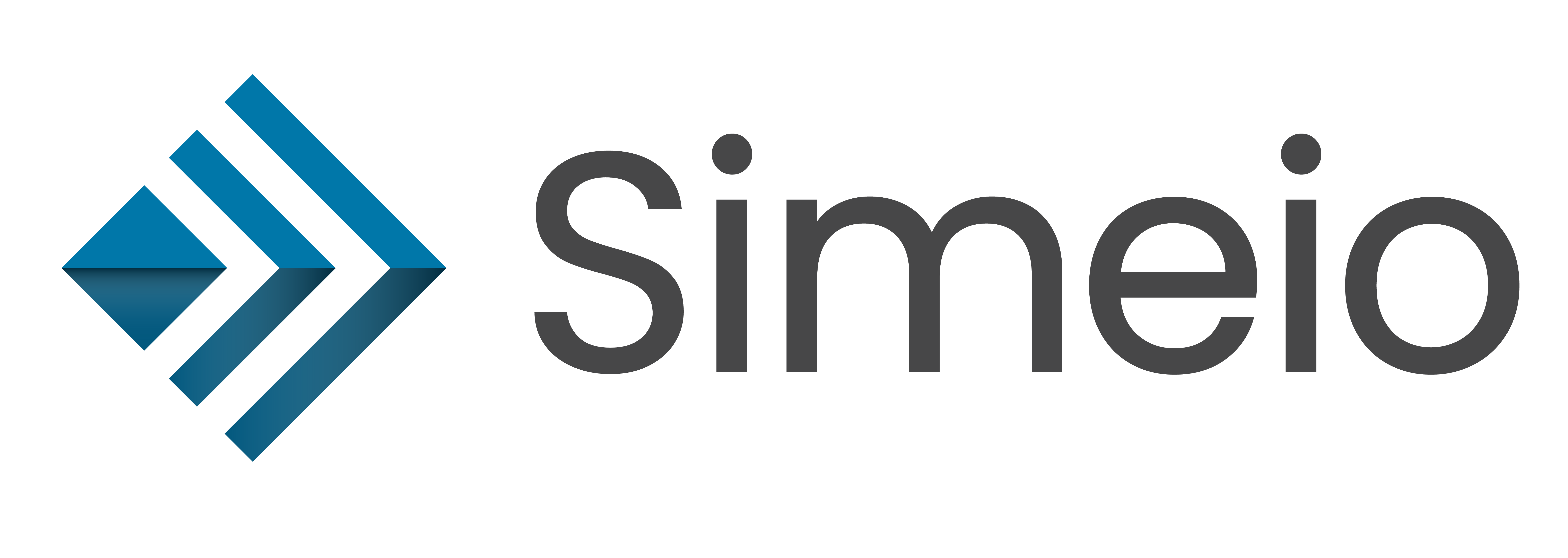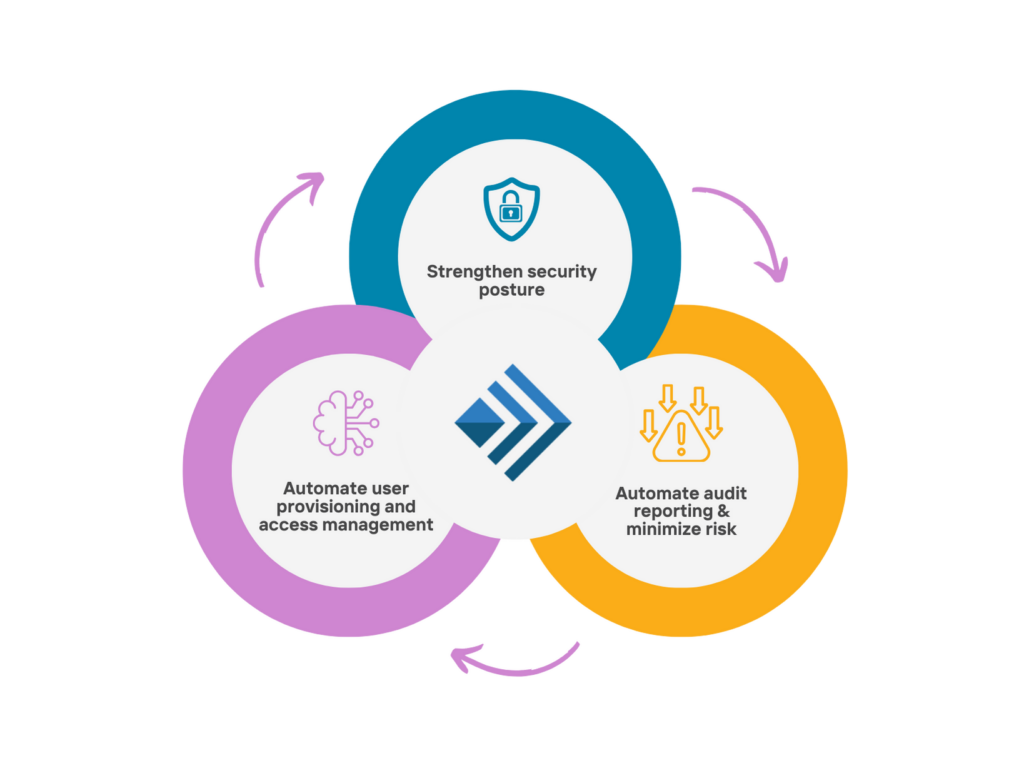
In the labyrinth of modern cybersecurity, data breaches and identity theft loom large. As a result, organizations seek to fortify their defenses and their understanding. In this quest, one cornerstone stands tall: user account provisioning.
User account provisioning is the process of granting users access to the digital resources they require within an organization. Additionally, provisioning works to shrink potential attack surface by deleting user accounts which should not have access. Its significance extends beyond mere access provision. It also connects security, efficiency, and compliance within an organization’s Identity and Access Management (IAM) framework.
Imagine a citadel protected by guards, each entrusted with determining who should and should not enter. User Account Provisioning operates like these guards, discerning the legitimacy of those wanting to enter digital resources. However, unlike their human counterparts, these guards possess an unparalleled ability to determine not only who enters, but also the extent of their access privileges once inside.
Adhering to the Principle of Least Privilege
At the heart of User Account Provisioning lies the principle of least privilege (PoLP), a cardinal rule in cybersecurity. This principle dictates that users should be granted only the minimal level of access necessary for them to perform their duties effectively.
Overprovisioned identities result in wasted resources and greater security risks than those with minimized access. If an overprovisioned account falls into the hands of a bad actor, the potential for damage swells dramatically. However, through meticulous provisioning, organizations ensure that users are not given unnecessary privileges.
By regularly curating accounts, potential threats become considerably hampered. Entire attack vectors shut down through enforcement of this simple paradigm. Furthermore, the entire process can become much less strenuous for staff via automation. This not only relieves the burden from internal teams, but also dramatically shrinks the window for potential attacks. Thus, PoLP both mitigates the risk of data breaches and reduces the costs to both budget and time.
Assessing Maturity via User Account Provisioning
User Account Provisioning serves as the linchpin of IAM maturity benchmarking, providing organizations with a yardstick against which to measure their progress in managing identities and access. By evaluating the efficiency, accuracy, and security of their provisioning processes, organizations gauge their maturity level and identify areas for improvement.
The journey towards IAM maturity begins with an introspective examination of the provisioning process. Organizations must ask themselves several probing questions. How swiftly can we onboard new users? Are our provisioning workflows streamlined and error-free? Do we have mechanisms in place to promptly revoke access when necessary?
A robust provisioning framework not only expedites user onboarding, but also ensures compliance with regulatory mandates. In an era governed by stringent data protection regulations such as GDPR and CCPA, organizations must adhere to rigorous standards when provisioning user accounts. Failure to do so can result in severe penalties and reputational damage.
Maintaining Agility in Your Cybersecurity Approach
User Account Provisioning serves as a litmus test for an organization’s agility in the face of change. As the digital landscape evolves, provisioning processes must adapt. This adaptation includes the accommodation of new technologies, user roles, and access requirements.
Additionally, organizations that demonstrate agility in provisioning can swiftly respond to emerging threats and evolving business needs. When paired with automation, User Account Provisioning systems gain the capability to detect and halt suspicious activity in a matter of moments. This allows such enterprises to thwart a considerable percentage of attacks before they get off the ground.
This has the added benefit of demonstrating due diligence for compliance audits. A well-oiled mechanism for detection and remediation assures auditors that your enterprise takes cybersecurity seriously. As a result, these well-structured provisioning solutions provide a competitive edge in the digital realm.
Automating the User Account Provisioning for Heightened Defense
To achieve IAM maturity, organizations must embrace automation and orchestration in their provisioning workflows. Automation not only accelerates the provisioning process but also minimizes the risk of human error, thereby enhancing the overall security posture. By leveraging intelligent provisioning tools, organizations can dynamically adjust access privileges based on contextual factors such as user behavior and risk scores, thereby bolstering their defense against insider threats and credential-based attacks.
Understanding the Hurdles
However, the journey towards IAM maturity is not without its challenges. Legacy systems, disparate data sources, and siloed processes can impede the seamless flow of provisioning across an organization. Moreover, the human element cannot be overlooked, as resistance to change and lack of awareness can hinder efforts to modernize provisioning workflows.
User account provisioning stands as a cornerstone of IAM maturity benchmarking, embodying the convergence of security, efficiency, and compliance within an organization’s identity and access management framework. By optimizing provisioning processes, embracing automation, and fostering a culture of continuous improvement, organizations can fortify their defenses and navigate the ever-changing currents of the digital landscape with confidence and resilience.

